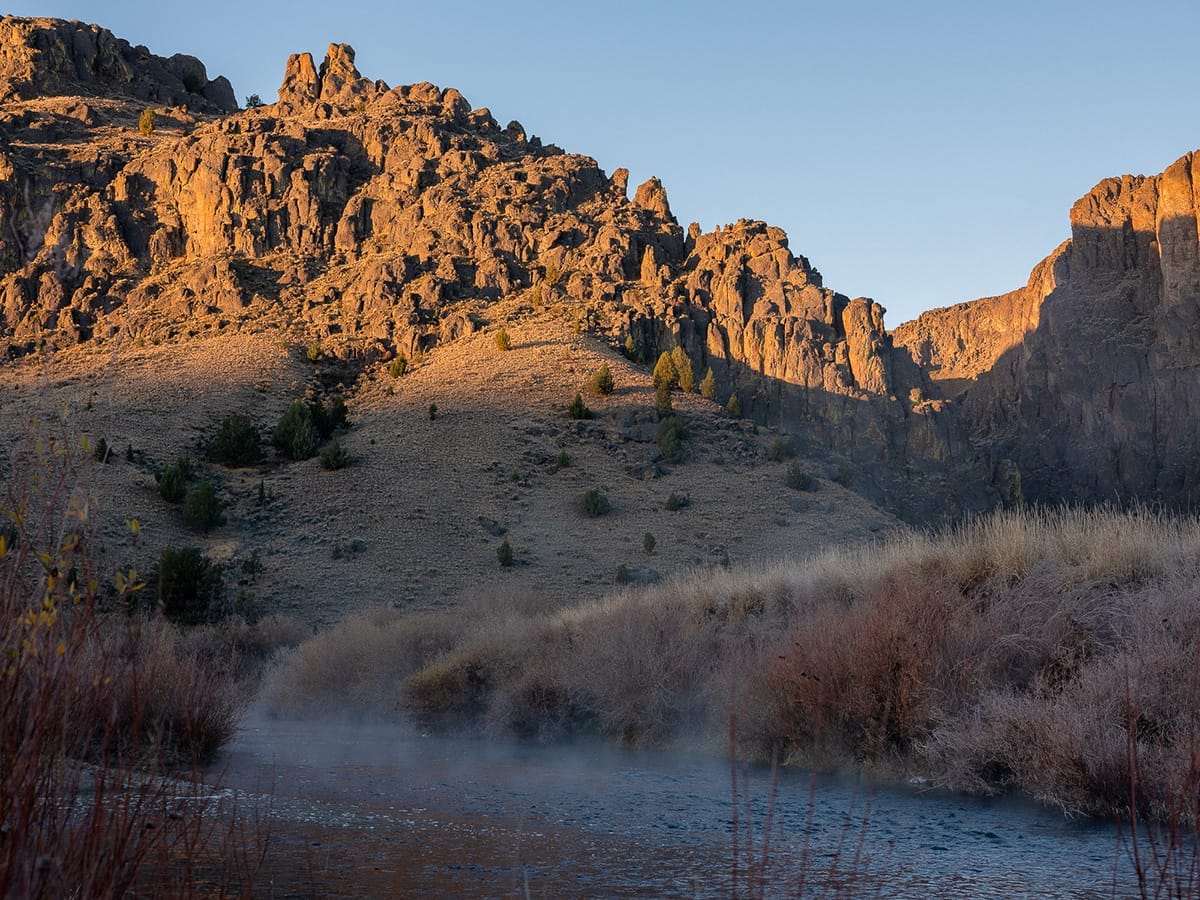1. The Antiquities Act authorizes the President of the United States to designate National Monuments on federal lands that contain historic landmarks, historic and prehistoric structures, or other objects of historic, cultural or scientific interest. National monument designations can only take place on existing public lands.
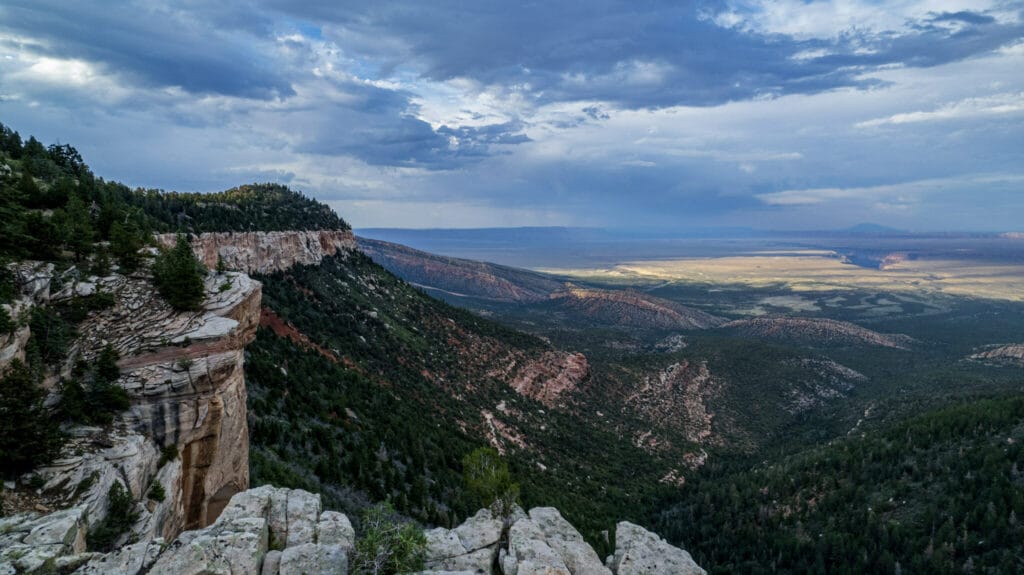
2. Presidents have proclaimed a total of 163 monuments. These include the San Gabriel Mountains National Monument, Baaj Nwaavjo I’tah Kukveni -Ancestral Footprints of the Grand Canyon National Monument, Camp Hale National Monument, as well as many of the National Parks we have come to love and cherish.
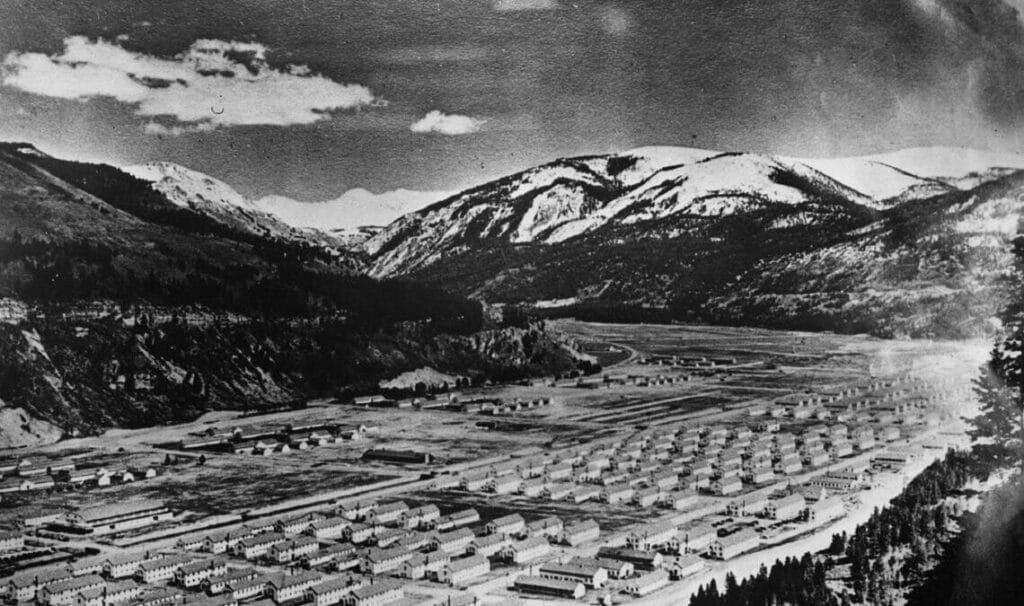
3. The Antiquities Act is a crucial tool for conservation. It keeps our public land as it is, preventing changes that would negatively impact our lands and waters. For example, in the Medicine Lakes Highlands, a national monument designation would prevent further energy and industrial development from harming the iconic Fall River fishery.
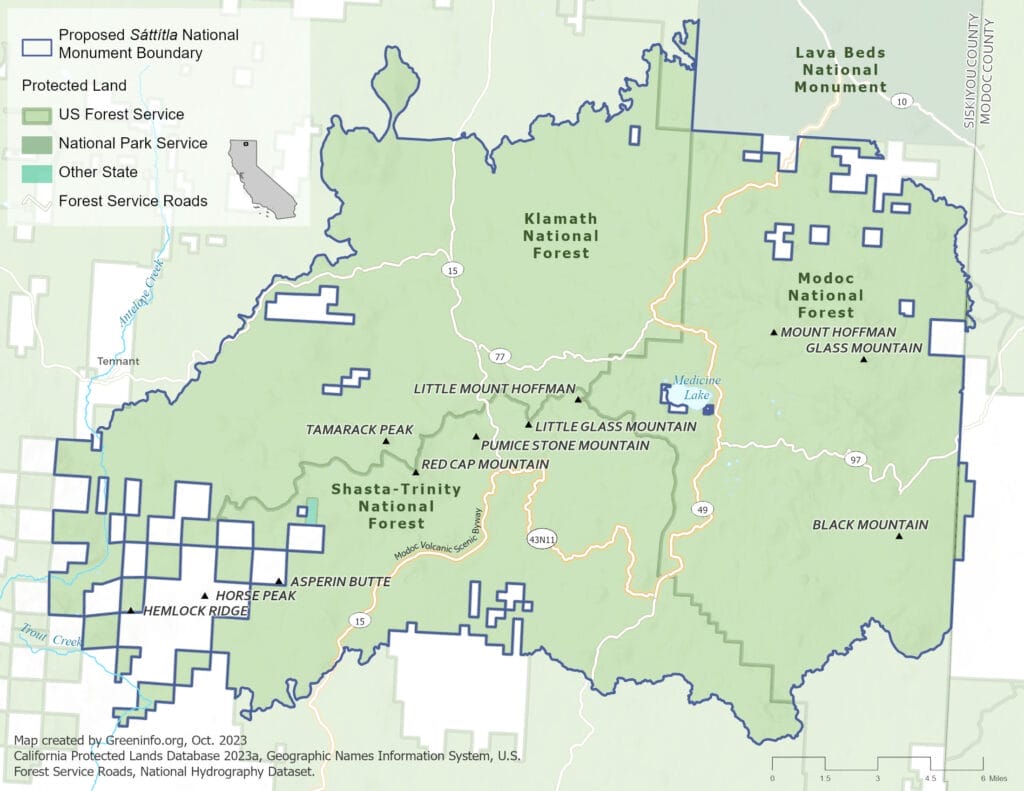
4. National monuments protect, and in many cases enhance, quality hunting and fishing access. Most monuments allow traditional uses to continue, including hunting and fishing. Uses that were allowed before a monument is created are typically allowed after a monument is created, while future activities often degrade fish and wildlife habitat – such as mining or oil and gas development – are not allowed except where there are already valid existing rights.
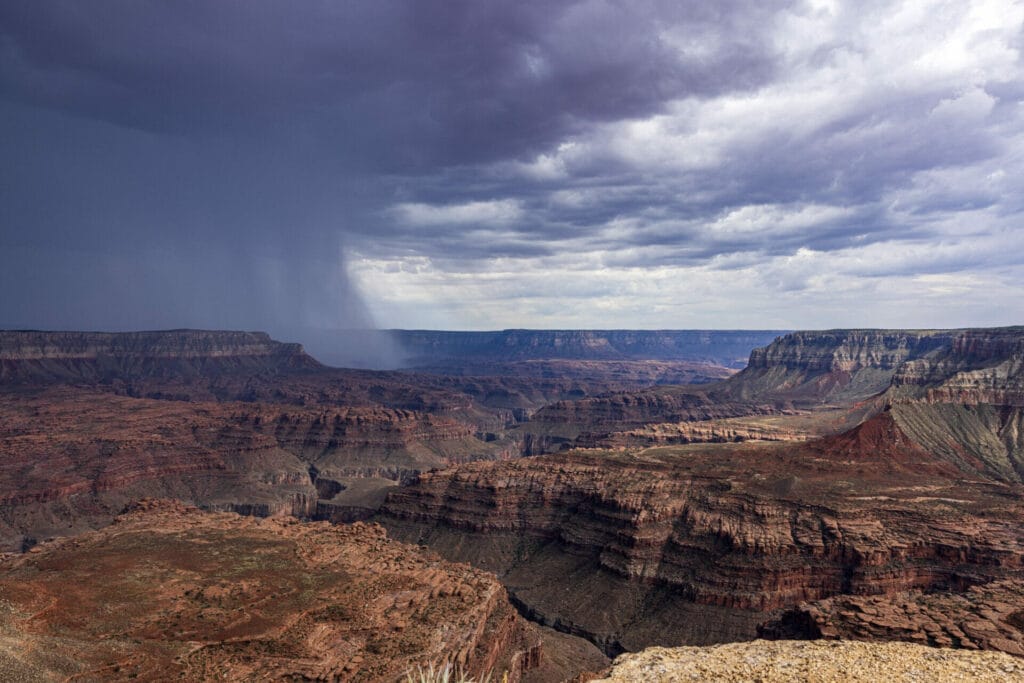
5. The President doesn’t act alone. In most cases, monuments are only designated after robust public and Congressional support, including significant input from a diverse set of stakeholders. For example, in the Owyhee Canyonlands, tribal members, hunters and anglers, conservation groups, businesses and local communities have come together in support of national monument designation.
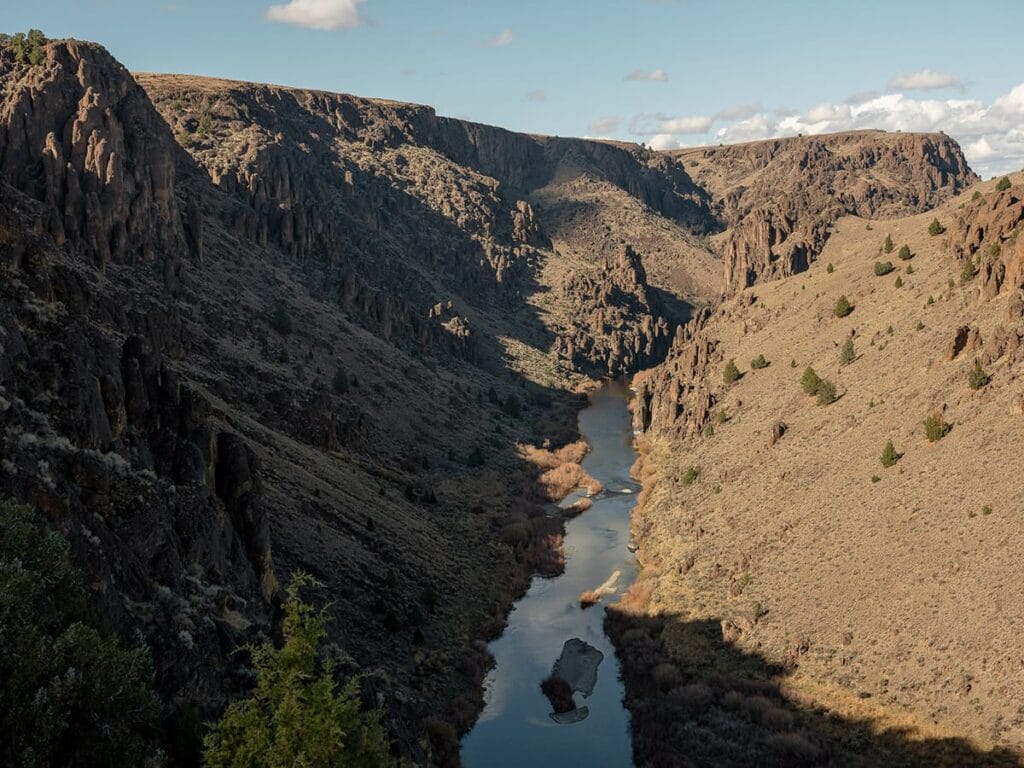
PROTECT OUR PUBLIC LANDS.
Development and overuse threaten pristine fish and wildlife habitat, but we can do something about it:
Support permanent protection for the Owyhee Canyonlands.
Support permanent protections for Sáttítla – Medicine Lake Highlands.
Learn more about National Monuments:
https://www.tu.org/press-releases/national-monuments-a-net-gain-for-hunters-and-anglers/



